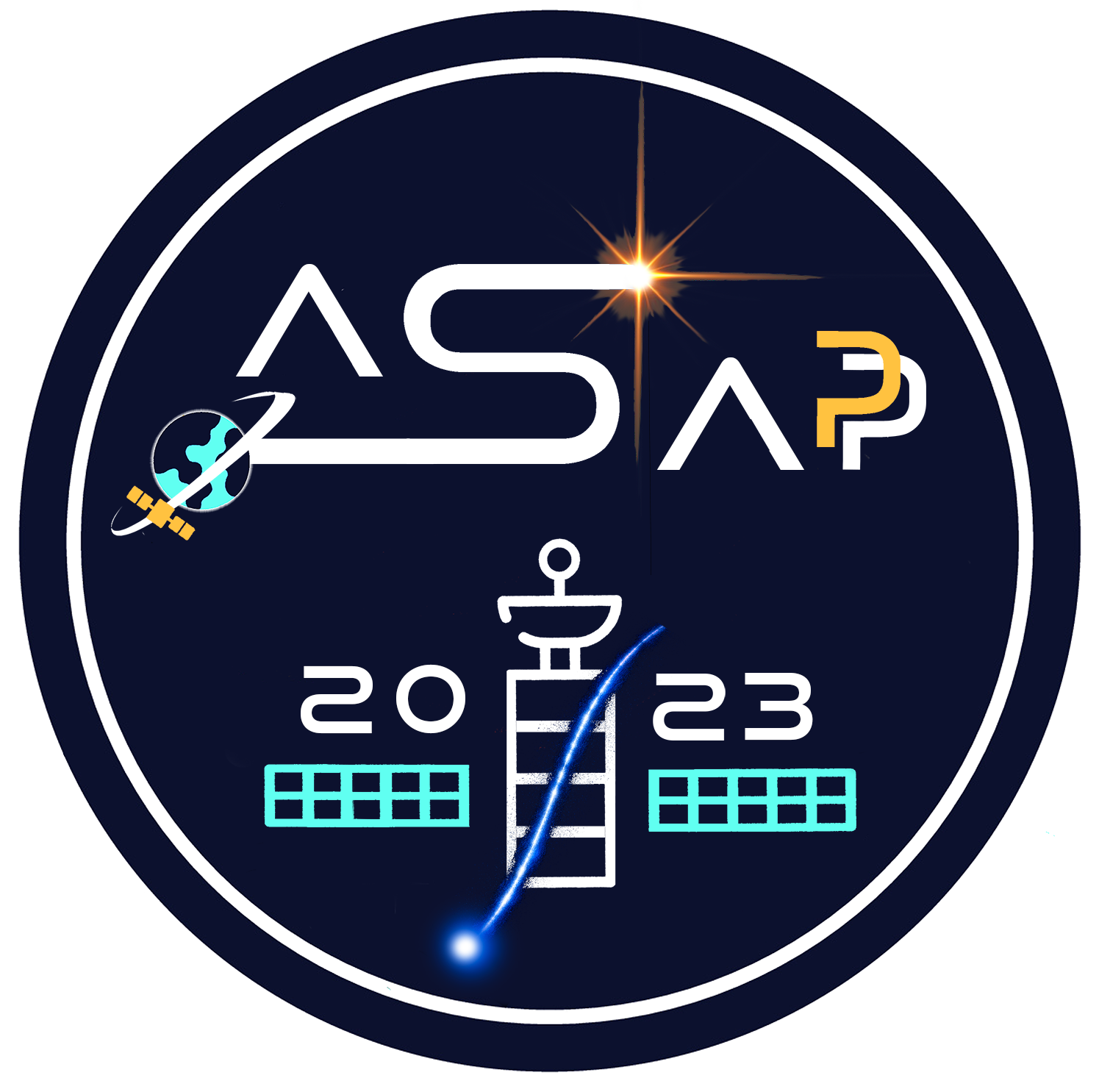Speakers
Description
The next generation magnetic spectrometer in space, AMS-100, is designed to have a geometrical acceptance of 100 m^2 sr and to be operated for at least ten years at the Sun–Earth Lagrange Point 2. Compared to existing experiments, it will improve the sensitivity for the observation of new phenomena in cosmic rays, and in particular in cosmic antimatter, by at least a factor of 1000. The magnet design is based on high temperature superconductor tapes, which allow the construction of a thin solenoid with a homogeneous magnetic field of 0.5 Tesla inside. The inner volume is instrumented with a silicon tracker reaching a maximum detectable rigidity of 70 TV and a calorimeter system that is 70 radiation lengths deep, equivalent to four nuclear interaction lengths, which extends the energy reach for cosmic-ray nuclei up to the PeV scale, i.e. beyond the cosmic-ray knee. Covering most of the sky continuously, AMS-100 will detect high-energy gamma-rays in the calorimeter system and by pair conversion in the thin solenoid, reconstructed with excellent angular resolution in the silicon tracker.
| Eligibility for "Best presentation for young researcher" prize | No |
|---|
